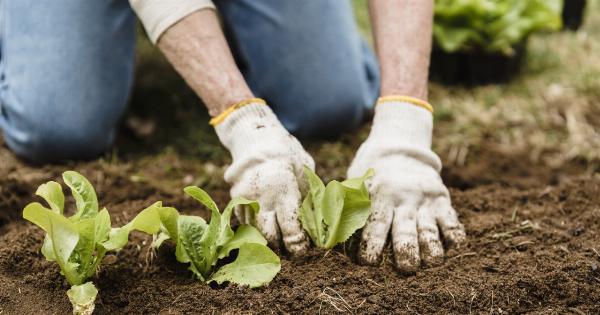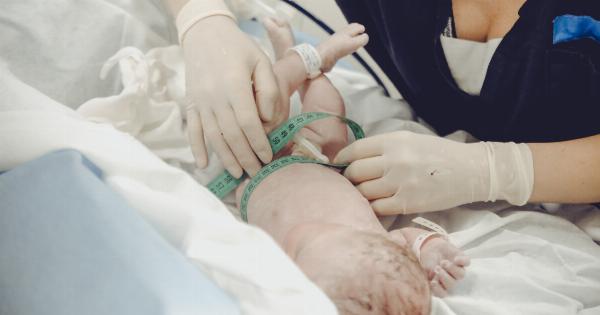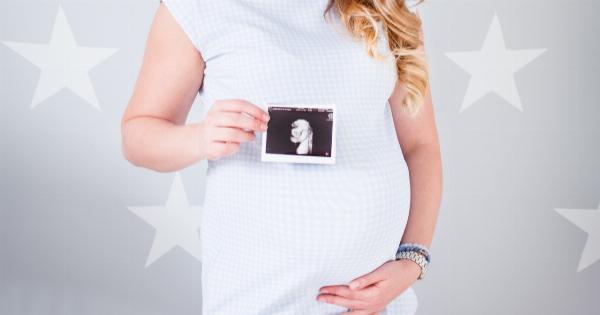Vaginal seeding is a controversial practice that has been gaining popularity in recent years. It involves the transfer of maternal vaginal fluids to a newborn baby in order to introduce beneficial bacteria to their gut microbiome.
Proponents of vaginal seeding believe that this practice can help prevent various health issues, such as allergies and obesity, in babies born via cesarean section. However, there is limited scientific evidence to support these claims, and the potential risks associated with vaginal seeding raise serious concerns.
The science behind vaginal seeding
The idea behind vaginal seeding is based on the theory of the “microbiome,” which refers to the collection of microorganisms, including bacteria, viruses, and fungi, that reside in and on our bodies.
The gut microbiome, in particular, plays a crucial role in our overall health and immunity. Research has shown that babies born via cesarean section have a different gut microbiome compared to those born vaginally. This is because during a vaginal birth, a newborn picks up maternal vaginal bacteria, which colonize their gut.
Vaginal seeding aims to replicate this process by swabbing a newborn baby with their mother’s vaginal fluid shortly after birth. The goal is to introduce the same beneficial bacteria that a baby would acquire during a vaginal birth.
Proponents of vaginal seeding argue that this can help establish a healthier gut microbiome for babies born via C-section, potentially reducing the risk of certain health conditions later in life.
The potential risks
While vaginal seeding may seem like a promising practice, there are several risks and concerns associated with it:.
1. Infection risk:
The transfer of vaginal fluids to a newborn baby carries the risk of transmitting harmful bacteria or infections.
Vaginal secretions can contain various pathogens, including group B streptococcus (GBS), herpes simplex virus (HSV), and other potentially harmful bacteria. Without proper screening and testing, the baby could be exposed to these pathogens, which may result in serious infections or other health complications.
2. Lack of standardization:
Currently, there are no standardized guidelines or protocols for conducting vaginal seeding. The procedure can vary depending on the practitioner, which raises concerns about consistency and safety.
The lack of standardized protocols also makes it difficult to assess the efficacy and potential risks associated with the practice.
3. Limited scientific evidence:
While some small studies have found associations between differences in the gut microbiome and health outcomes, the scientific evidence supporting the benefits of vaginal seeding is limited.
Many of the claims made by proponents of vaginal seeding are based on observational studies or animal models, which cannot establish causation or provide conclusive evidence.
4. Unintended consequences:
The human microbiome is incredibly complex, and the long-term effects of manipulating it through vaginal seeding are not fully understood.
Introducing maternal vaginal bacteria to a newborn’s gut may have unintended consequences, leading to imbalances in the microbiome. These imbalances could potentially increase the risk of other health conditions or have negative effects on the baby’s immune system.
Expert opinions and recommendations
Various organizations and experts in the field have expressed their concerns about vaginal seeding:.
American College of Obstetricians and Gynecologists (ACOG):
The ACOG has stated that there is insufficient evidence to recommend vaginal seeding as a routine practice. They highlight the potential risks of infection and the lack of standardized protocols.
The ACOG recommends further research to better understand the safety and effectiveness of vaginal seeding before it can be considered a viable option for C-section-born babies.
World Health Organization (WHO):
The WHO does not currently support or recommend vaginal seeding as a routine practice.
They emphasize the importance of following established infection prevention protocols and highlight the need for further research before vaginal seeding can be considered safe and effective.
Healthcare professionals:
Many healthcare professionals express caution when it comes to vaginal seeding. They recommend implementing evidence-based practices that focus on optimizing the overall health and immunity of newborns without unnecessary risks or unproven benefits.
The future of vaginal seeding
Research into the human microbiome is still ongoing, and our understanding of its complexities continues to evolve.
While vaginal seeding may hold potential benefits, it is crucial to approach this practice with caution and prioritize the safety and well-being of newborn babies. The risks associated with vaginal seeding, such as infection and the potential for unintended consequences, outweigh the limited evidence supporting its benefits.
It is important for healthcare professionals, researchers, and parents to work together to establish clear guidelines and conduct further studies to fully understand the implications of vaginal seeding.






























